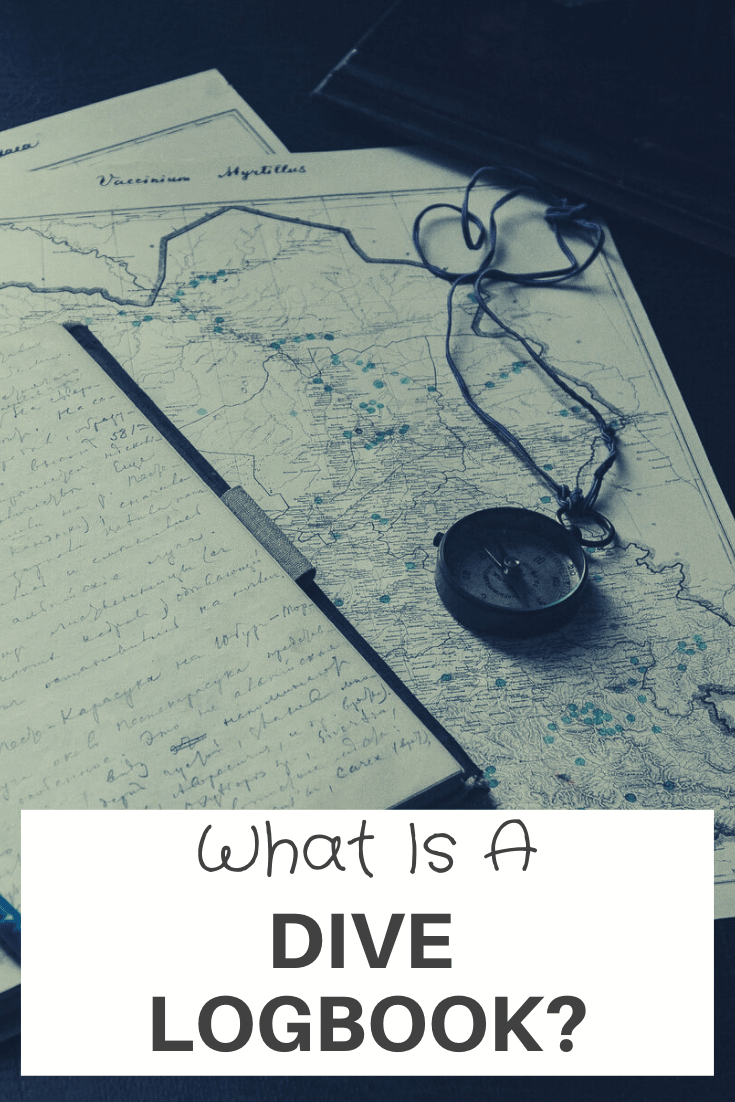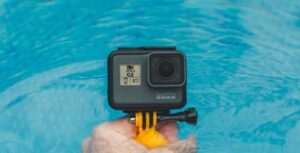
People that are new to scuba diving that when they are working to get the scuba diving certificate, will be given a dive logbook. A lot of scuba diving shops and clubs will require you to show the logbook before you can go diving with them. So what is a dive logbook?
The purpose of a dive logbook is to log your dives, this will show your diving experience. When you log your dive, your divemaster needs to stamp it to prove that it was a proper dive. In your logbook, you enter the date, location, dive depth, and duration of the dive.
In today’s post, we will go through in more detail what is a dive logbook, so let’s get started!
What Is A Dive Logbook?
As the name suggest a dive logbook is used by a scuba divers to record their dives. If you dive logbook, you log the dive site, the date, dive time, dive depth, and any extra details. It is great way to track your progress as well as your air consumption, and weight.
Do You Need A Logbook For Scuba Diving?
The main benefit of using a logbook other than tracking your progress is that wherever you go scuba diving, especially if doing a fun dive while on holiday you need to have proof of your diving experience.
Just remember you will need your logbook to show all your dives. When your going diving especially on holidays they will ask to look at it.

Is Dive Logbook Mandatory?
Generally speaking for recreational scuba divers it is advised not mandatory to keep a logbook. While for professional divers it is legally required but it can depend on the country they are diving to maintain a dive logbook. Which has to be kept up to date.
What Qualifies As A Logged Dive?
There are no official requirements that qualify as a logged dive. Some dive clubs do impose requirements to hold divers to at least 15 feet for 15 minutes to quality for a logged dive. When logging you should only log real dives, there is some integrity expected.
Some divers are known to go in and out of the water for a minimum depth for example just sticking their head underwater and minimum time in order to accumulate a large number of dives. This is known as “teabagging”.
What Should Be In A Dive Log?
A dive logbook must cover the basic dive information which is the dive number, date, dive location, dive depth, and the duration of the dive.
You will find that in some dive logbooks you can enter extra information such as the weather conditions, equipment information, type of dive, and more.

Does PADI Track Your Dives?
No, PADI does not track your dives. There is a PADI app that has a feature to log your dives.
Where Can You Get A Dive Logbook?
You can get a dive logbook from a scuba diving shop or club. There is also a good range of logbooks available online in places like Amazon or Etsy. There is also the PADI app for storing the logs digitally.
You can even create your own logbook. You need to ensure that the logbook covers the basic information such as dive site, dive number, depth, and dive time.
Reasons To Log You Dives
Logging your dives is a great way to track your dives which can also provide useful information. There are a number of reasons to log your dives. These are as follows.
- It shows your diving experience.
- Can contain information that can be helpful for future dives.
- Note specific information about the dive site.
- Can be used to improve a divers skills.
- Can be as a travel journal and record
memories.
Wrapping Up
Finally, the purpose of a dive logbook is to log your dives. You enter the date, location, dive depth, and duration of the dive into your dive logbook. For recreational scuba divers, it is advised not mandatory to keep a logbook but does show your diving experience.
And that’s it for now! I’d love to know if this guide on what is a dive logbook has helped you. Let me know if you have any questions and let me know if there is more to add.
Did you enjoy this post? Then don’t forget to pin it!












